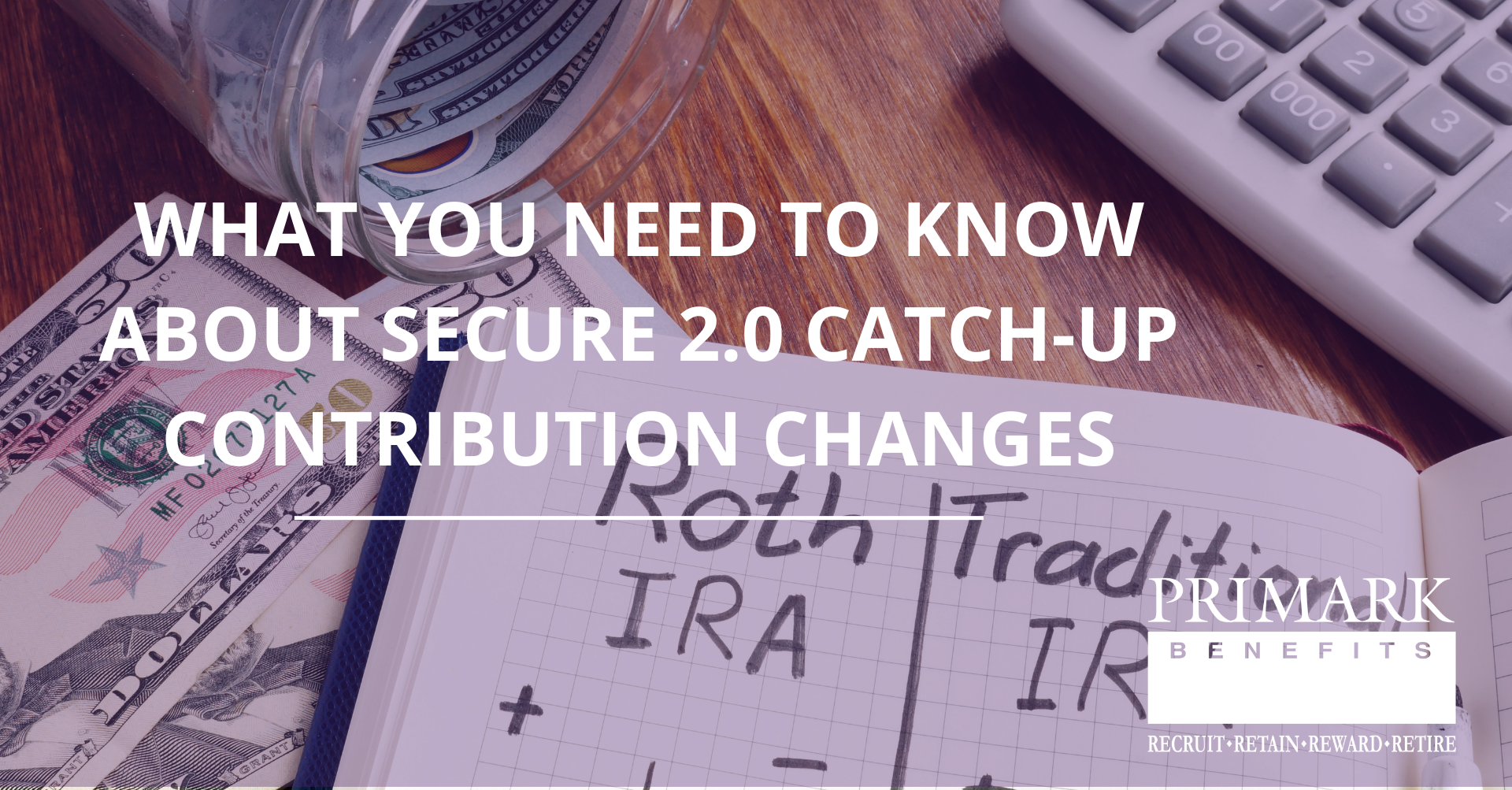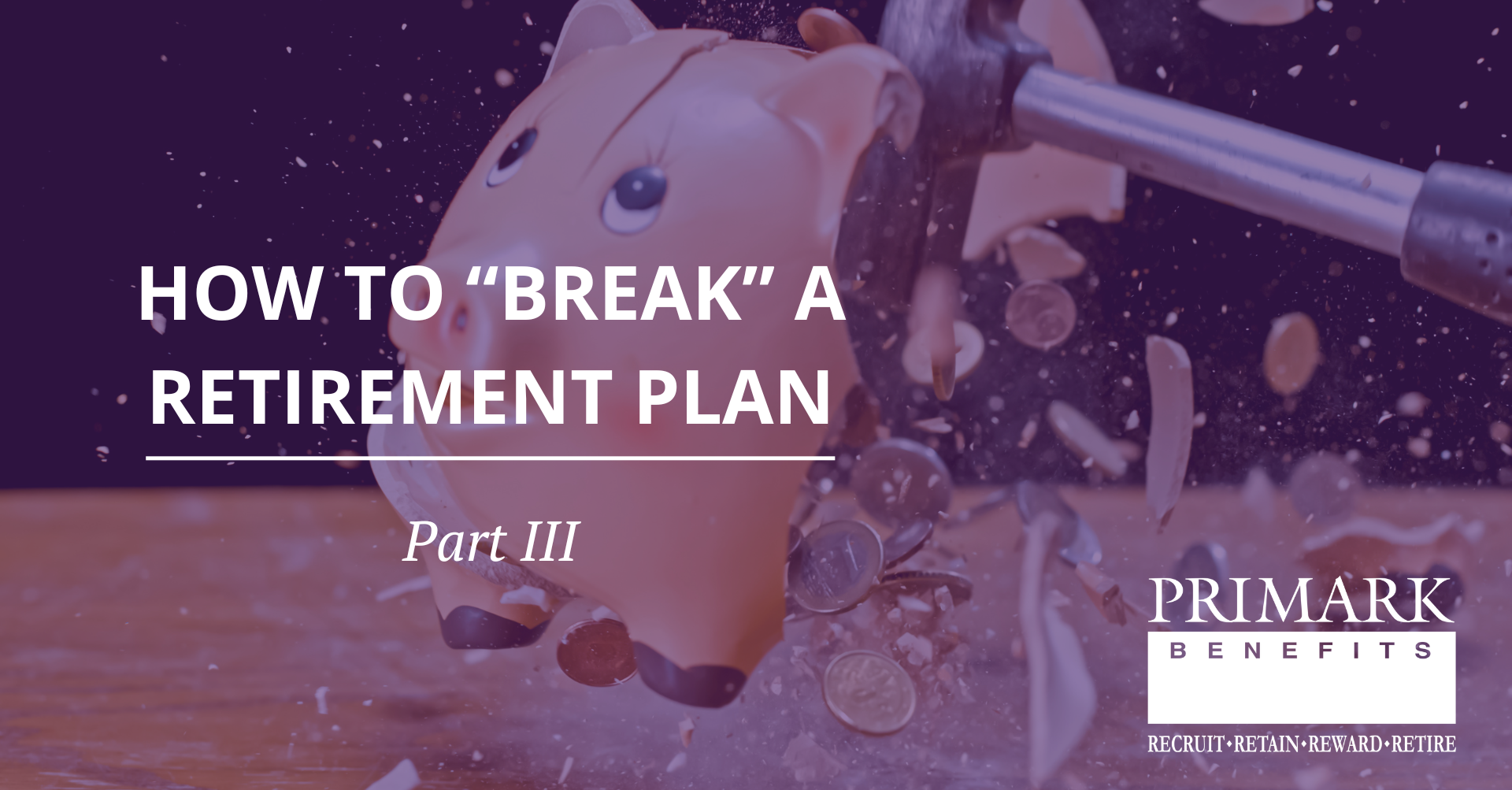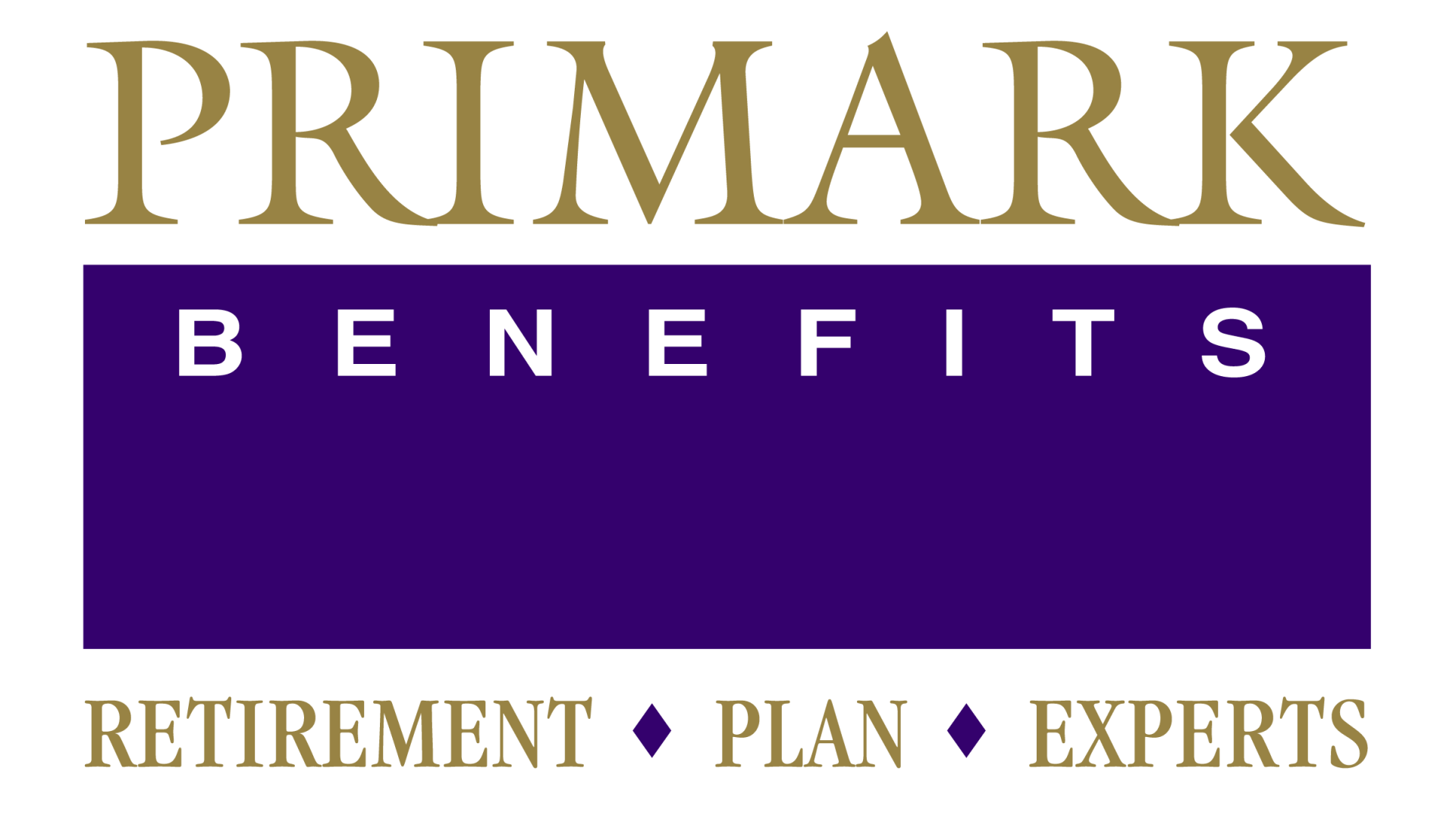What You Need to Know About SECURE 2.0 Catch-Up Contribution Changes
Updated December 31, 2025
Retirement plan catch-up contributions allow “older” workers—typically those age 50 and over— to set aside additional funds in their retirement accounts beyond standard annual limits. These extra contributions are an important planning tool for those nearing retirement who want to make up for earlier gaps in saving. Up

The SECURE 2.0 Act, passed in late 2022, made several significant changes to how catch-up contributions work, especially for high earners. While some provisions offer expanded savings opportunities, others introduce new requirements that will impact both employees and employers beginning in 2026. These changes include:
Roth Catch-Up Requirement (Effective 2026)
Originally scheduled to take effect in 2024, the Roth catch-up requirement was delayed to 2026 following concerns about implementation challenges. The IRS formalized this delay through Notice 2023-62, giving employers and service providers more time to prepare. Starting January 1, 2026, catch-up contributions for certain high earners must be made on a Roth basis—meaning that contributions will be after-tax, as opposed to pre-tax, and qualified withdrawals in retirement will be tax-free, as follows:
- Employees who earned more than $150,000 (this figure will change each year, indexed with inflation) in FICA wages from their employer in the prior year will be required to make Roth catch-up contributions.
- This rule applies to 401(k), 403(b), and governmental 457(b) plans.
- Employees who earned $150,000 or less may continue making catch-up contributions on either a pre-tax or Roth basis, as their plan permits.
This new requirement brings significant administrative complexity:
- Payroll systems must track prior-year wages to determine whether an individual meets the Roth threshold.
- Plan sponsors may need to amend plan documents to reflect the new rules.
- Recordkeepers and TPAs will need to coordinate closely with payroll providers to ensure contributions are correctly categorized and reported.
Optional Enhancements for Higher Catch-Ups
Starting in 2025, SECURE 2.0 introduced a new catch-up contribution tier for individuals aged 60 to 63. For this age group, the catch-up limit will increase to the greater of $10,000 or 150% of the standard catch-up amount for that year. For example, if the regular catch-up limit is $7,500, then the enhanced limit for ages 60–63 would be $11,250.
| Age | Standard Catch-Up Limit | Enhanced Catch-Up Limit (60–63 only) |
|---|---|---|
| 50–59 | $8,000 | N/A |
| 60 | $8,000 | $11,250 |
| 61 | $8,000 | $11,250 |
| 62 | $8,000 | $11,250 |
| 63 | $8,000 | $11,250 |
| 64+ | $8,000 | N/A |
The enhanced limit will be indexed annually for inflation. Like other catch-up contributions, the Roth rule will apply to high earners in this group beginning in 2026.
What Employers and Plan Sponsors Can Do Now
While the Roth requirement doesn’t take effect until 2026, plan sponsors should begin preparing now. Steps include:
- Coordinate with recordkeepers, payroll providers, and TPAs to jointly develop wage tracking and Roth designation capabilities.
- Communicate early and clearly with participants who may be affected by the Roth requirement.
- Review and update plan documents to accommodate required changes and optional enhancements.
- Decide whether to offer Roth contributions, if your plan doesn’t already include that feature—since it will become mandatory for certain participants.
What Employees Should Know
Employees, especially those nearing retirement, should pay close attention to these changes:
- If you earn more than $145,000, your catch-up contributions will be Roth-only starting in 2026.
- Roth contributions reduce take-home pay today but offer potentially* tax-free income in retirement.
- Those subject to the Roth requirement may want to revisit their financial plan to evaluate the long-term tax implications and benefits.
Conclusion
The SECURE 2.0 Act introduces important updates that reshape how catch-up contributions work—particularly for high earners and older employees. While these changes create administrative challenges for plan sponsors, they also open the door to new planning opportunities for participants.
The key to a smooth transition in 2026 is early preparation. Employers should begin working with their service providers now to align systems, educate participants, and ensure their plan is positioned for compliance and success.
*Note: One of the requirements for tax-free withdrawals from a Roth IRA is that the account must have been opened and funded for at least five years. If, at retirement, you do not have an established Roth IRA (opened and funded five years previously) and the money from your Roth 401(k) is rolled into a new Roth IRA, the five year period starts over when the new Roth IRA is created. We recommend contacting your financial and/or tax advisors for information about your specific circumstances.




